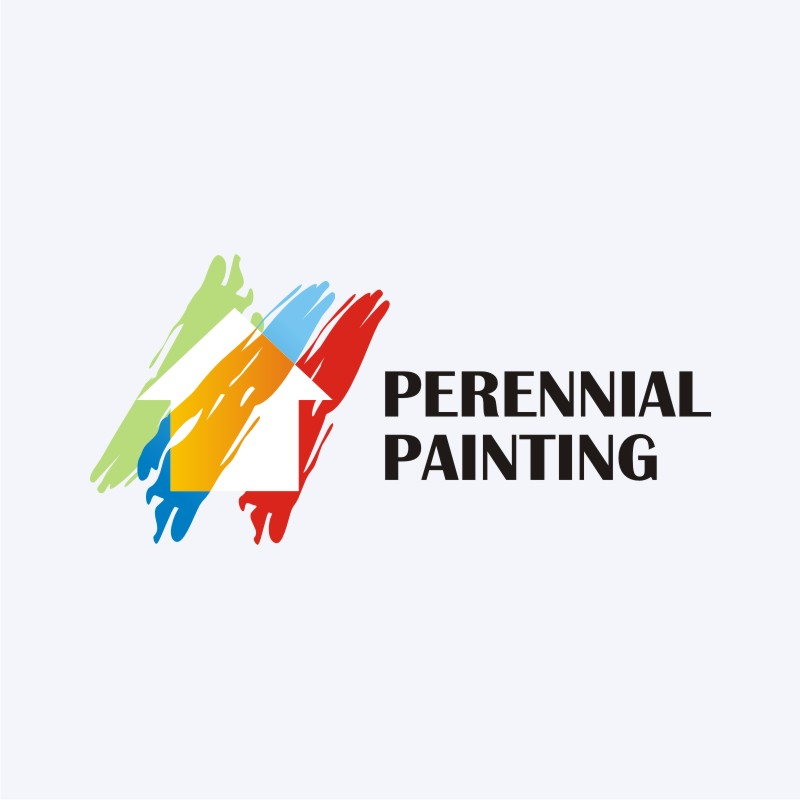Step-By-Step Overview To Preparing Your Walls For Painting
Step-By-Step Overview To Preparing Your Walls For Painting
Blog Article
Team Author-Daugherty Lemming
When you're prepping your walls for painting, it's important to follow a methodical process to guarantee a remarkable surface. Beginning by checking out the wall for any kind of damages; this action can make or damage your task. When you've recognized any kind of issues, cleaning up the surface properly is crucial, as a filthy wall can impact paint attachment. After that, you'll require to patch any type of imperfections and apply a primer. But there are specific strategies and ideas that can elevate your preparation game-- allow's discover those more to accomplish the very best results.
Assessing Wall Surface Condition
Before you order your paintbrush, take a minute to analyze your walls' condition. Check for any type of visible damages like splits, openings, or peeling off paint. These blemishes can influence exactly how the paint adheres and looks when it's completely dry. If you see any kind of significant damage, you'll require to focus on repair services prior to diving right into painting.
Look carefully at the texture of your walls. Is the surface smooth, or is there structure that might call for unique consideration? Smooth walls usually require less preparation, while distinctive surface areas might need more time to paint uniformly.
Also, consider the previous paint work. If the old paint is glossy, it mightn't permit brand-new paint to stick appropriately. You'll want to know if your wall surfaces have been repainted with oil-based or water-based paint, as this can impact your selection of guide or paint.
Lastly, make note of any type of moisture issues. If you see indicators of water damage or mold, address these problems promptly to avoid more issues.
Cleaning the Surface
As soon as you have actually analyzed the condition of your wall surfaces, the next step is cleaning up the surface area. Start by gathering multi unit residential painting : a pail, warm water, a moderate detergent, a sponge or cloth, and a scrub brush for tougher places.
Begin at the top corner of the wall surface and work your method down. Mix the cleaning agent with warm water in your pail, after that dip the sponge or towel into the remedy. Wring it out to stay clear of excessive moisture on the wall surfaces.
As you clean up, pay attention to locations that may've gathered dirt, oil, or fingerprints. For stubborn spots, make use of the scrub brush carefully to prevent damaging the paint beneath. Rinse your sponge or towel often in clean water to avoid spreading dirt around.
After cleaning, it's vital to wipe the wall surfaces with a damp cloth to eliminate any soap residue. This action ensures a smooth surface area for the brand-new paint to comply with.
Enable the walls to completely dry totally before carrying on to the following preparation actions. This extensive cleaning process will certainly aid create a fresh canvas for your paint task, ensuring the very best results.
Patching and Priming
Patching and priming are critical steps in preparing your walls for a fresh layer of paint. Initially, check your walls for any openings, splits, or blemishes. Make use of a top notch spackling compound or patching paste to fill up these areas.
Apply cheap interior painters with a putty knife, smoothing it out so it's flush with the surrounding surface. Allow it to completely dry completely, and after that sand it gently up until it's smooth and even.
As soon as you have actually patched every little thing, it's time to prime. Primer aids seal the patched areas, ensuring the paint sticks correctly and supplies an uniform surface. Select a guide suitable for your wall surface type and the paint you'll be making use of.
Apply the primer using a roller for larger areas and a brush for edges and sides. If your patched locations are substantially big or permeable, you could wish to apply a 2nd layer of guide after the first one dries.
After priming, let whatever dry extensively before going on to painting. This preparation won't only enhance the look of your walls yet likewise lengthen the life of your paint work.
Take your time, and you'll be pleased with the outcomes.
Conclusion
By adhering to these simple actions, you can accomplish a smooth and specialist surface on your walls. Start by examining their problem, after that tidy and patch any blemishes before applying primer. relevant internet site in mind to enable adequate drying out time and guarantee every little thing is smooth prior to you study painting. With the right prep work, you'll set the stage for a beautiful transformation in your space. Now, gather your materials, inhale the fresh air, and prepare yourself to paint!
